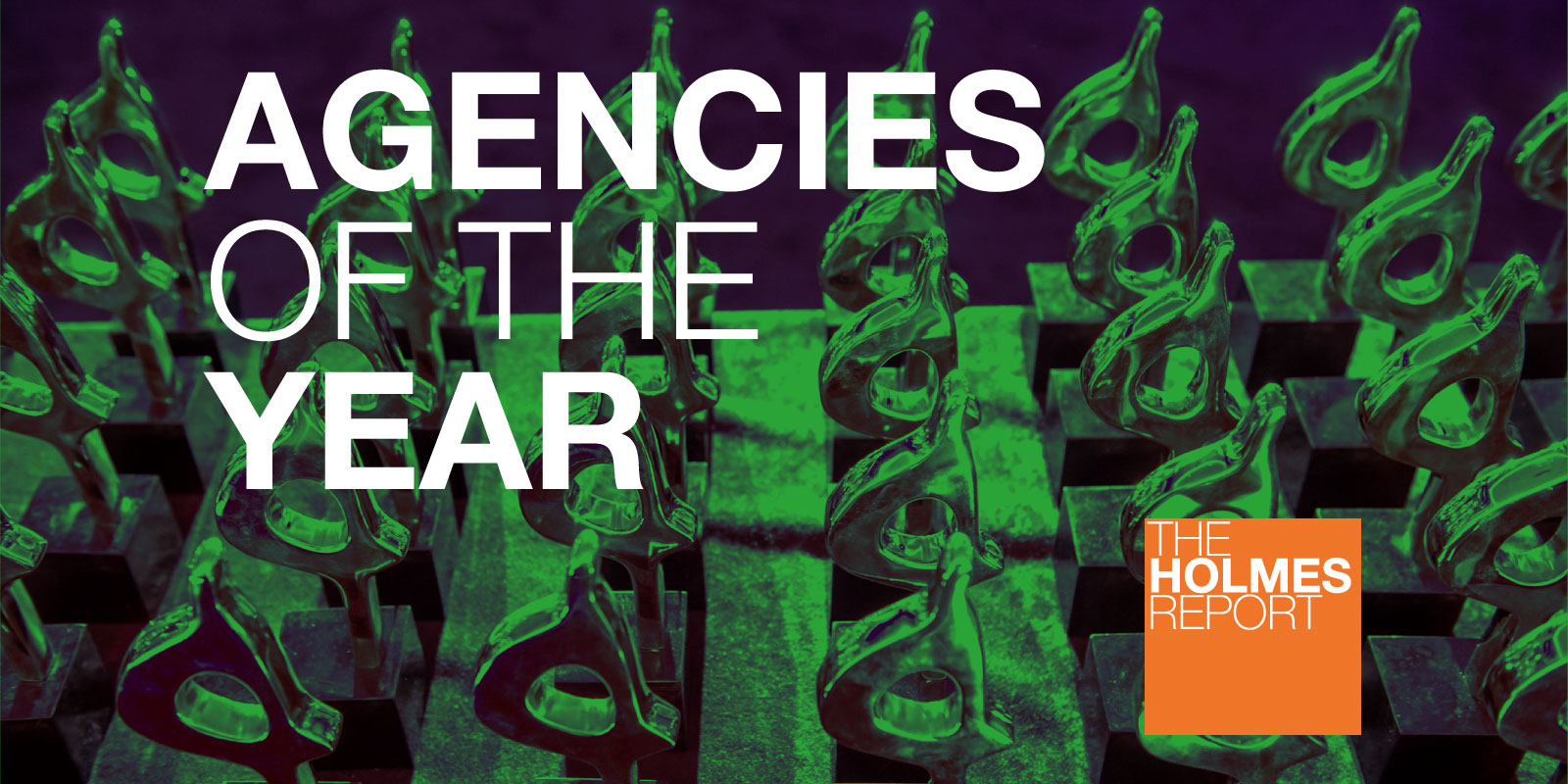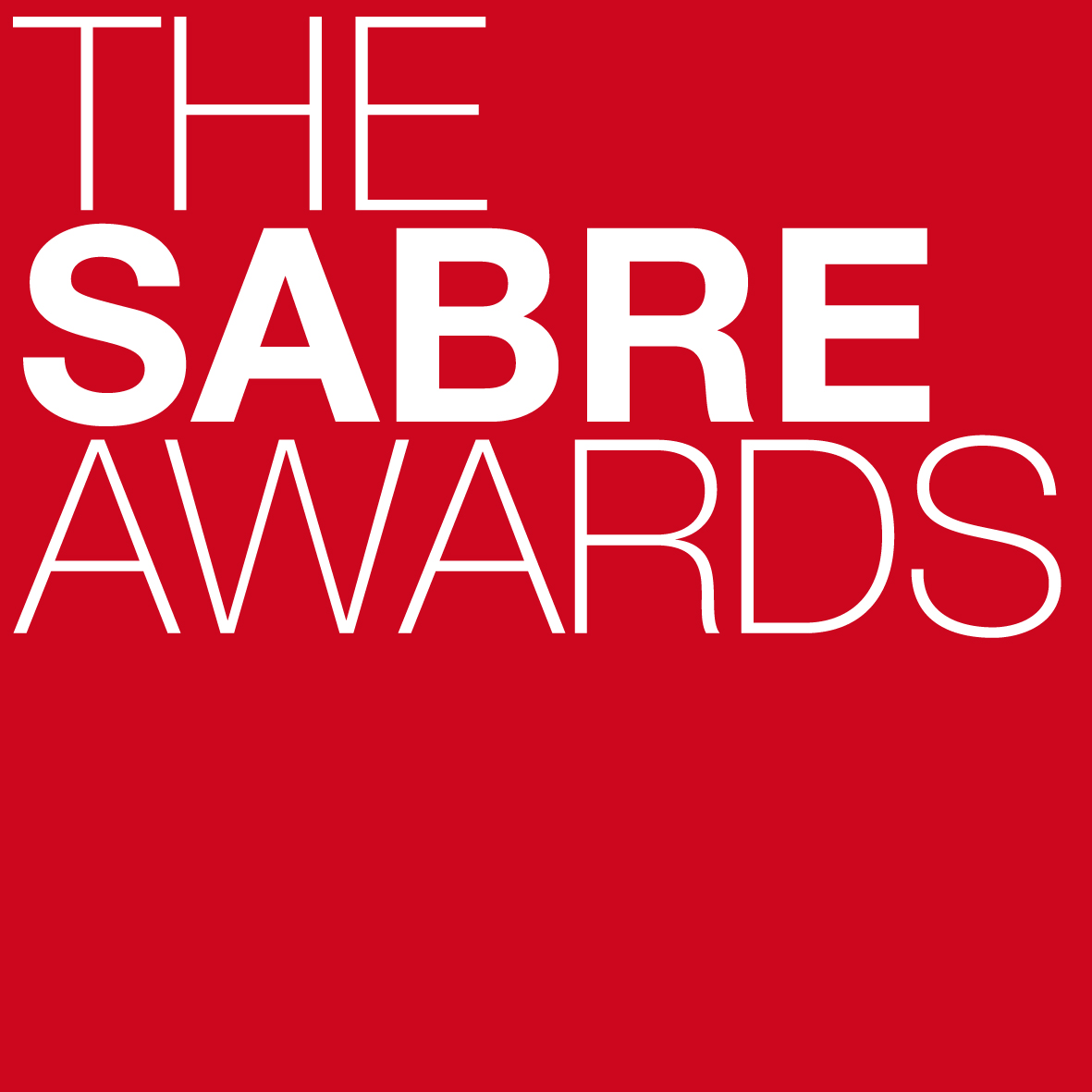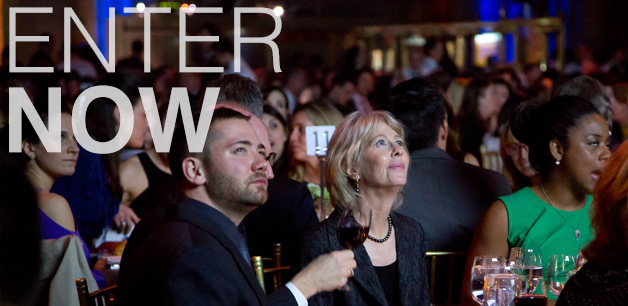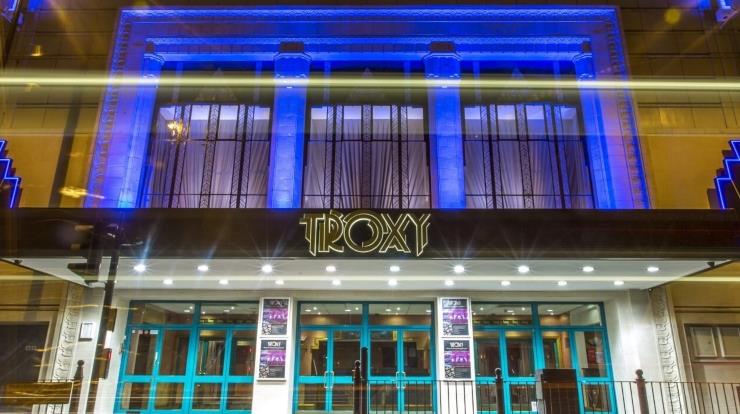
 Podcasts
PodcastsCatch the latest PR news & updates with PRovoke Media's PR Podcasts. Lifting the lid on key industry stories & trends, join our listeners of PR podcasts today.
 Videos
VideosLatest video interviews and campaigns from PRovoke Media, previously known as the Holmes Report.
Long-form journalism that analyzes the issues, challenges and opportunities facing the business and practice of PR.
 Profiles & Interviews
Profiles & InterviewsExplore PR profiles and interviews with leaders from the marketing and PR worlds.
 Crisis Review
Crisis ReviewPR Crisis & Business Crisis review. PRovoke Media's annual analysis of the top reputation crises to rock the corporate sector. Read on here.
 Coronavirus
CoronavirusPRovoke Media's coverage of the Covid-19 crisis, focusing on corporate communication, public affairs & PR industry fallout.
 Trend Forecasts
Trend ForecastsPRovoke Media's PR Trends round up. PRovoke Media's annual forecast of PR trends and news that will impact the PR world in the year ahead...
 Social & Digital
Social & DigitalDedicated to exploring the new frontiers of PR as it dives deeper into social media, content and analytics.
 Technology
TechnologyOur coverage of key technology PR trends and challenges from around the world of digital communications.
 Consumer
ConsumerFrom brand marketing to conscious consumerism, coverage of key marketing and PR trends worldwide.
 Employee Engagement
Employee EngagementPRovoke Media's coverage, analysis and news around the rapidly-shifting area of employee engagement and internal communications.
 Sports Marketing
Sports Marketing Sports PR news, diversity & inclusion trends, views and analysis from PRovoke Media. Subscribe today for the very latest in the world of sports communications.
 Global PR Agency Rankings
Global PR Agency RankingsPRovoke Media's definitive global benchmark of global PR agency size and growth.
Enter PRovoke Media's 2024 Global 250 Agency Ranking and/or our Agencies of the Year competitions now.
 Agencies of the Year
Agencies of the YearPRovoke Media's annual selections for PR Agencies of the Year, across all of the world's major markets.
 Innovator 25
Innovator 25PRovoke Media profiles marcomms innovators from across North America, EMEA and Asia-Pac.
 Creativity in PR
Creativity in PRIn-depth annual research into the PR industry's efforts to raise creative standards.
 Asia-Pacific Communication Index
Asia-Pacific Communication IndexAPACD/Ruder Finn annual study of Asia-Pacific in-house communications professionals.
 SABRE Awards
SABRE AwardsThe world's biggest PR awards programme, dedicated to benchmarking the best PR work from across the globe.
 PRovokeSummit Global
PRovokeSummit GlobalThe biggest PR conference of the year, a high-level forum designed to address the critical issues that matter most.
 PRovoke Media Regional Series
PRovoke Media Regional SeriesA global network of conferences that explore the innovation and disruption that is redefining public relations.
 Agencies of the Year
Agencies of the YearUnrivalled insight into the world's best PR agencies, across specialist and geographic categories.
 Roundtables
RoundtablesOur Roundtables bring together in-house comms leaders with PR firms to examine the future of communications.
 Agency Playbook
Agency PlaybookThe PR industry’s most comprehensive listing of firms from every region and specialty
.jpg) All Jobs
All JobsFind the latest global PR and communications jobs from PRovoke Media. From internships to account executives or directors. See all our PR jobs here.
PRovoke Media's editorial series published in collaboration with partners.

Our 2017 North America PR Agencies of the Year are the result of an exhaustive research process involving more than 150 submissions and 50 face-to-face meetings with the best PR firms across the US and Canada.
Analysis of each of the Agencies of the Year for every category can be accessed via the navigation menu to the right or here.
Winners were unveiled at the 2017 North American SABRE Awards, at Cipriani 42nd Street in New York on May 2.
There’s an impressive restlessness about Weber Shandwick, despite the fact that the world’s second largest public relations firm continues to outperform all of its immediate rivals in terms of growth (North America fees up 11% last year, with 7% organic growth supplemented by the ReviveHealth acquisition).
New business in 2016 came from Chevrolet, Kellogg’s, the Los Angeles 2024 Olympic bid, Monsanto, Takeda, and Unicef, while clients such as Bayer, Ericsson, GSK, Mastercard and Verizon all grew. Weber Shandwick now works for almost half of the Fortune 100, and has been working overtime to deliver a customer experience—featured in a new book from former HBR editor Thomas Stewart, Woo Wow and Win—that ensures client longevity.
An evolving organizational structure builds on the firm’s existing strengths (last year we called WS the world’s most complete PR firm, and nothing has happened to change that view) with the creation of internal “value-based communities” dedicated to client experience, insights, integrated media and content, while reinforcing a collaborative culture that is clearly one of the firm’s major competitive advantages.
Finally, there’s the work, which ranges from earned-centric consumer campaigns like Barbie’s election-related efforts to inspire the next generation of women leaders to employee engagement at the highest level for Boehringer Ingelheim and Newell, from well-rounded public affairs work around infrastructure issues for the American Society of Civil Engineers to helping Busweiser launch “microgravity beer” for the journey to Mars, from positioning Qualcomm as a leader on the road to 5G to helping Honey Maid make the internet more wholesome. — PH
Cohn & Wolfe (WPP)
Cohn & Wolfe proved that last year—when it was named our Large Agency of the Year in North America—was no fluke, delivering another year of double-digit growth (12% globally and 15% in the US) that ranked best among large agencies and helped Donna Imperato’s business continue to stand out in comparison to its sluggish WPP sister agencies.
One key to success is the growing number of major global assignments, from clients such as Barclaycard, Bayer, and Colgate. New business came from Applebees, Newell Brands, Novo Nordisk, 20th Century Fox, and a host of others. Another key is that the majority of C&W’s assignments are now genuinely integrated—typically traditional PR blended with digital, social, and a heavy dose of experiential; less than 10% of the business four years ago, integrated now accounts for almost three-quarters.
The most interesting development, though, is an effort to go beyond “integration” to use the full range of paid, earned, shared and owned channels in order to create what Imperato calls an “immersive brand experience.” That means using everything from virtual reality and other wearables to add a new element to experiential marketing, whether that’s creating a VR platform for jewelry brand Pandora at Coachella or helping tell Barclaycard’s technology story by creating a bartender-less pub experience.
At the same time, the firm is doubling down on data and analytics with tools such as Nuvi, People Pattern, and WPP’s Data Alliance, and adding new digital offers that include social selling and social recruiting—all of which is helping to bring Cohn & Wolfe’s “Dig Deeper Imagine More” mantra to life in ways that emphasize just how different the firm is today compared to five years ago, and compared to most of its peers. — PH
Edelman (DJE Holdings)
Such is the blazing pace set by Edelman—still the world’s largest public relations agency—over the past decade that a year in which its financial results came in around the peer group average counts as a disappointment, although in what CEO Richard Edelman described as a “transition” year, US growth was a solid 2.3%.
It was still a pretty good new business year: Edelman came out on top in a Hewlett-Packard consolidation; picked up additional agency-of-record assignments from KFC, PayPal, and the American Optometric Association; digital work from the Hawaii Visitors & Convention Bureau and Bush Brothers & Company; and played a key advisory role at Wells Fargo as the financial services company went through a high-profile client. But the real story was the growth from 33 of the firm’s top 50 clients, representing broader, more integrated work as Edelman seeks to develop is paid capabilities and build on its long-time leadership in digital.
Having won Best in Show at each of the last two North American SABRE competitions—for CVS and then REI—Edelman’s creative reputation has never been higher, and last year’s work did nothing to diminish it, as the firm worked with Unilever’s Axe brand to help consumers celebrate their individuality; assisted Starbucks with its cause-related and CSR initiatives; worked with the American Lung Association on its “Lung Force” campaign; promoted Dos Equis’ “most interesting man in the world”; and helped PayPal and GE with corporate transformation.
Much of that work is driven by Edelman’s relentless innovation, some of it expected—the emphasis on data-driven influencers, the expansion beyond earned into paid; and some of it surprising—expanded employee communications capabilities in support of change management, investment in multicultural expertise, and a surge of work in “translating Trump” in terms of what the new president means for consumer marketing, corporate reputation, and public affairs.— PH
Golin (Interpublic Group)
It has been almost six years since Golin introduced its revolutionary g4 model, which restructured the agency into communities of strategists, creators, connectors, and catalysts, and there is no sign that the momentum generated by that move is diminishing, even in a year when the firm was looking to the future and naming three new joint-CEOs—Jonathan Hughes, Matt Neale and Gary Rudnick—as it gets ready for its second 60 years.
Last year saw growth in the mid-single digits, strategists, with new business from Abbott (fostering dialog on infant feeding), Atos (Olympic sponsorship), California Department of Public Health (tobacco control), Cancer Treatment Centers of America (corporate reputation), ConAgra (social engagement), Facebook Messenger, Hyatt Hotels (for multiple brands), Koch Industries (reputation management), J&J’s Motrin, and more.
More than half the firm’s work is consumer focused (with the rest split pretty evenly between corporate, healthcare, and technology) and it is there that firm’s has focused its innovation in recent years: its Bridge real-time marketing offer remains unrivaled in the industry; its acquisition of creative agency Brooklyn Brothers enhances its creative offer and its strategic thinking; and its focus on “relevance” has seen the development of new products, one tracking 15 elements that give brands extra relevance and another informing a new approach to influencers and media.
The work that all this drives has been getting more and more impressive: the firm’s work introducing McDonald’s all-day breakfast has won multiple awards; its creation of an animal sanctuary for the National Aquarium is winning plaudits; its B2B marketing efforts for Cisco’s WebEx have driven a huge increase in audience engagement; and Brooklyn Brothers’ “ask Gudmundur” campaign for Iceland got a shout-out from President Obama. — PH
Still generating more SABRE Award nominees than any other brand, Ketchum has consistently ranked as one of the two or three most creative large agencies in North America, and in 2016 the business performance matched the quality of the work, with revenue growth in the mid-single digits—with the digital business growing at four or five times that pace. The DC office has made a particularly impressive turnaround in the past three years, with social marketing leading the way but digital capabilities expanding there also.
A stellar new business record in 2016 included assignments from FC Barcelona, Corona, Macy’s, Philips Lighting, Samsung, 7-Eleven, Tostitos, and Zespri, while the firm continues to work for longstanding clients such as Clorox (35 years), IBM and Procter & Gamble (20 years each). All of the top 50 clients—44 of them with the agency for five years or more—were retained.
Just as important, Ketchum is innovating across multiple practice areas: the StoryWorks unit, which helps brands engage and inspire consumers, has been instrument both in new business and creative execution; the influencer marketing practice has expanded to include consumer, business-to-business and corporate reputation, with an emphasis on earned, and on relevance and resonance rather than reach alone; the issues and crisis practice and employee engagement practice (the latter strengthened by the integration of Omnicom sister agency Daggerwing) are developing new tools.
Strong creative ranges from election-related marketing efforts for Doritos to an attention-grabbing publicity stunt for Kit-Kat; from an effort to remove cats from the internet for the anti-tobacco education Truth Initiative to supporting P&G’s mom-focused Olympic sponsorship; from insight-driven cause-related marketing for Whirlpool to innovative metrics for the Cleveland Clinic.
And all of this happened during a year of internal change: Barri Rafferty was named president of the firm in July and a new “break through” advisory board was formed in September to ensure the innovation continues. — PH

The PR industry’s most comprehensive listing of firms from every region and specialty.

















Intelligence and insight from across the PR world.
About PRovoke Media Contact Us Privacy & Cookie PolicyWe feel that the views of the reader are as important as the views of the writer. Please contact us at [email protected]
Signup For Our Newsletter Media Kits/Editorial Calendar Jobs Postings A-Z News Sitemap© Holmes Report LLC 2024